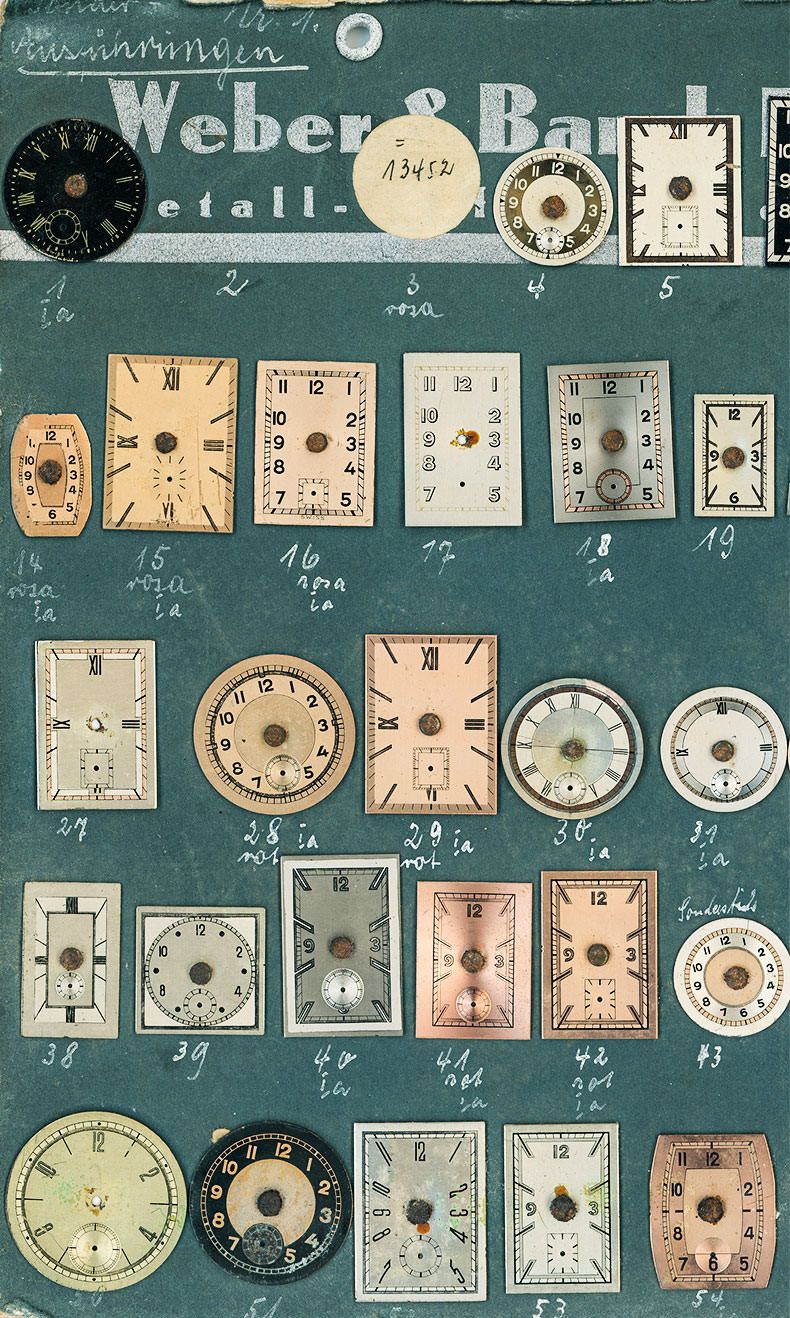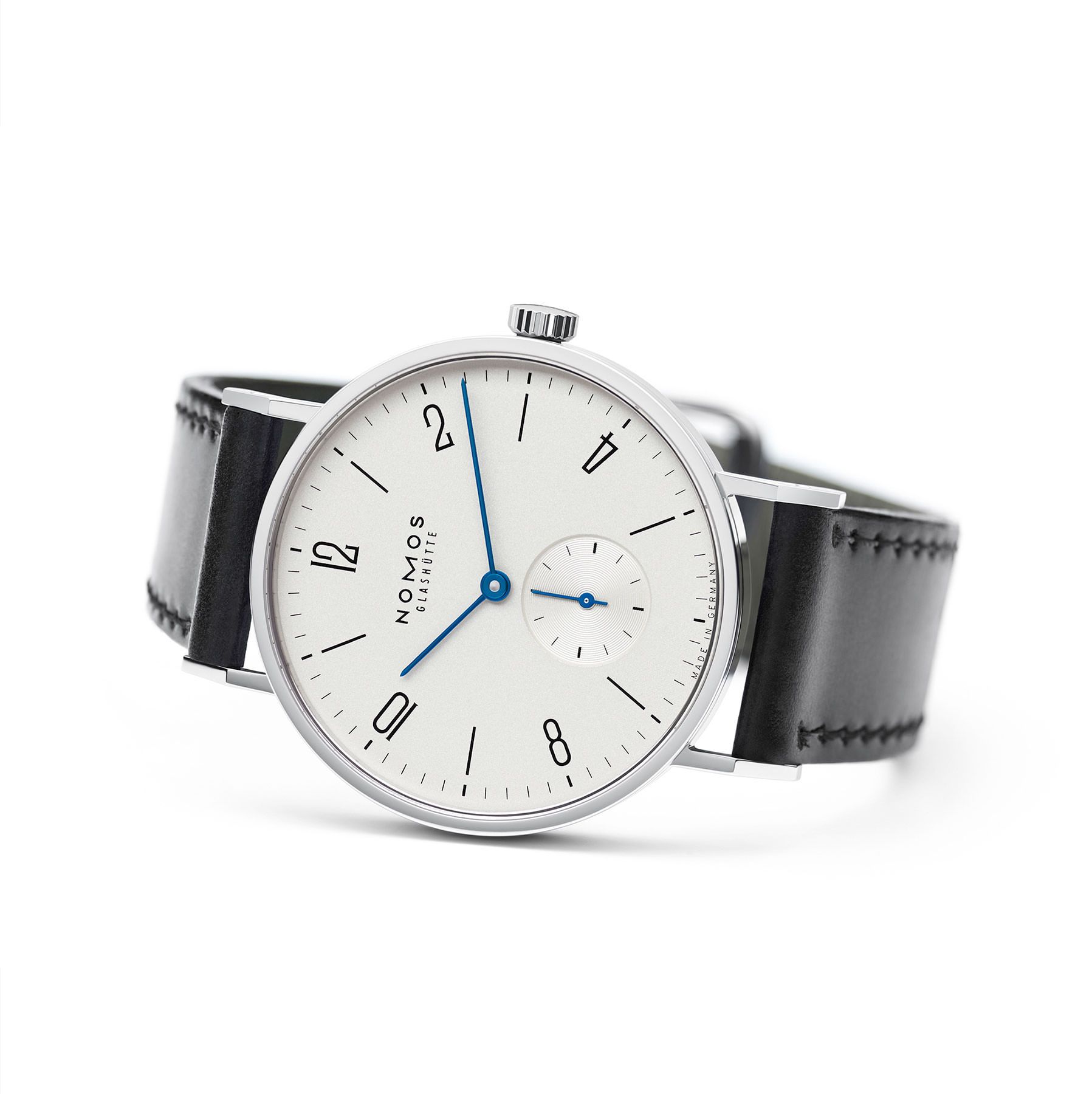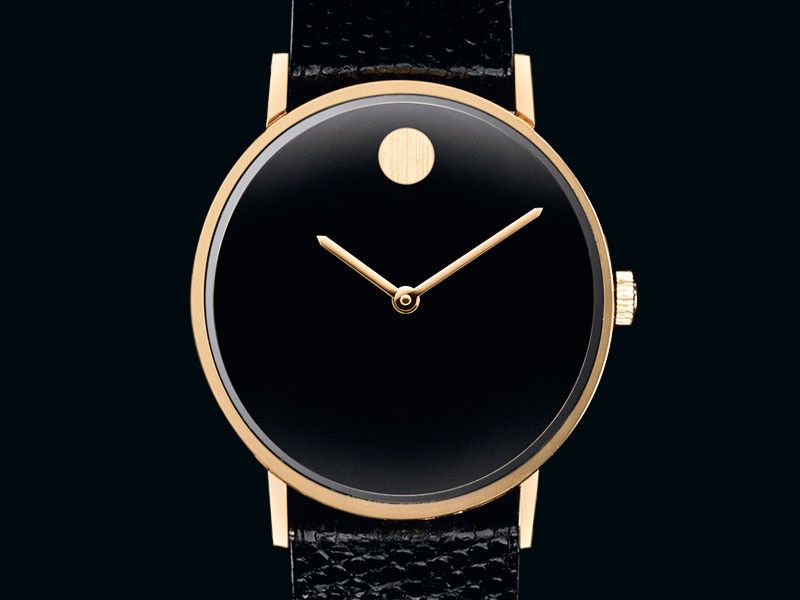FeatureDecoding Bauhaus Design And Its Influence On Watchmaking
Bauhaus'the early 20th century design movement, whose inspiration can be seen in almost every area of our lives, has also given us some very iconic timepieces. As we close in on its centenary, we explore what the Bauhaus philosophy is all about and the impact it had on watch design
May We Recommend
If you follow the world of horology, it is quite likely that you’ve come across the term ‘Bauhaus’ in context of watch designs that are clean, simple and bordering on austere. So while it is used interchangeably at times with minimalist aesthetics, the essence of Bauhaus is more nuanced than that. In fact, it was a real place.
Bauhaus, which translates to ‘house of building’, was a school founded in 1919 by Walter Gropius in Weimar, Germany. Its aim was to unify art, craft and technology into a progressive design approach that pushed boundaries of usability and effectiveness of objects. The modern design archetype of sleek and less-is-more directly descended from Bauhaus and its principles. People at Bauhaus designed and created some remarkable objects, some of which continue to be a part of our lives today.

The Appeal Of Bauhaus As A Design Movement
The school’s stress on functionality and doing away with unnecessary ornamentation resulted in things that had a beautiful simplicity about them, while they continued to look like works of art. The Bauhaus school was in existence for a very short period of time between 1919 and 1933, before political pressures led to it being shut down. But that was far from the end of the movement. As students and teachers went to different parts of the world, they employed teachings and principles of Bauhaus in their work, which brought this design paradigm to the mainstream. There is no place where this is more evident today than in metropolitan skylines with buildings of steel and glass.

One of the biggest reasons for its substantial impact is that it made good design accessible to the everyman. The ability to mass produce, but with art and individuality behind it, was a key pillar of Bauhaus. In that sense, Bauhaus was not a design style, but a philosophy and way of thinking.
Bauhaus In Watches—How It All Began
The first sign of Bauhaus inspiration in watch design was seen in the 1920s in Germany. The town of Pforzheim, at the northern edge of the Black Forest, was home to a dial manufacturer by the name of Weber & Baral. Weber & Baral supplied dials to many German watch companies. And among these dials that went to various brands, was what we understand to be the Bauhaus standard today—the design Nomos revived when it was founded in 1990.

Junghans And The Max Bill-Bauhaus Connection
Junghans was, arguably, the first company to make a watch where the Bauhaus influence was undeniably direct. They worked closely with Swiss architect and designer Max Bill, a student of the Bauhaus school between 1927 and 1929, to design a collection of watches. These remain among the mainstays of Junghans’ range. The eponymous collection is a study of classical Bauhaus design at its best. Doing away with all design flourishes, these watches stick to the only important task at hand—legibly and effectively telling time.

The Max Bill Automatic with Arabic numerals on the dial is a fine pick from the collection. The clear sans-serif typeface used can be seen in other art created by Bauhaus as well. And the slender hands and small Junghans text on the dial make for a satisfying and precise reading of the time.

The watch uses an ETA automatic movement with a 38-hour power reserve. Additionally, the domed Plexiglas is a retro feature that has been faithfully preserved, without opting for the more contemporary sapphire crystal. This little touch offers softness and warmth when you gaze at the dial. That Junghans kept the size to a modest 38mm, without upsizing it as many brands do these days, is testament to the idea of ‘don’t fix it if it ain’t broken’, which they most likely subscribe to.
Nomos—The New Wave Where Classicism Meets Whimsy
Nomos is undeniably the poster child of modern German watch manufacturing, when talking about Bauhaus. By standards of the established order, Nomos is quite young in the world of watches; having been in existence for less than 30 years. Yet they stand tall as one of the most respected brands by even the most seasoned aficionados. Why, you may ask. For one, Nomos has a very distinctive design language, making their watches stand out even in their subtlety. Secondly, they make their movements in-house. And I’m not referring to modifying a base movement or adding a module; they do it all from the ground-up. This speaks to the sincerity and dedication with which they approach the art of watchmaking.
When we earlier mentioned Nomos reviving an early 20th century, Bauhaus-influenced watch design, it was with reference to the Tangente. It is the quintessential Nomos and will likely always be—the watch that gave Nomos identity and uniqueness. The signature numerals have flair, but are so very German in their precision and calm. It isn’t a stretch to say that Nomos have made this style their own.

The Tangente is an apt example of ‘good things come in small packages’. It is elegantly sized at 35mm, but wears larger because of its angled, long lugs. The dial goes from monochromatic in low light to a lovely, grainy texture under the sun, while the heat-blued hands shuffle between black and royal blue under different angles. The hand-wound Alpha calibre powering the watch is made in-house by Nomos.

Nomos embraces vibrancy and whimsy, while staying true to the ‘everything you need, nothing you don’t’ design sensibility. The Ahoi Atlantik embodies this through use of bright colour accents on a beautiful deep blue dial. It has many characteristics you wouldn’t usually associate with a Nomos watch—it is sized at a larger 40mm, has crown guards, luminous hands and is water resistant to 200m. This makes it an ideal candidate for a beach-to-boardroom watch from the brand. The Ahoi Atlantik is equipped with an automatic movement that boasts of something very few manufacturers can lay claim to have—an escapement, or heart of the movement, made fully in-house.

Movado—House Of The Rising Sun
Save for some very interesting vintage chronographs, it is unlikely for a watch enthusiast to think of Movado and not have their minimal dial watches come to mind. Because of the sheer simplicity and visual appeal of the bold dot at the 12 o’clock marker, that design, known as the Museum dial, has come to define Movado over recent years. It is Bauhaus at heart and in inspiration, but with a symbolic, artistic touch.

The Museum dial is called so because prior to being put into regular production, it actually found a place at MoMA (Museum of Modern Art, New York City) in the 1950s. It was a revolutionary design when it was created in 1947 by American designer Nathan George Horwitt. Presumably because such a concept was considered ahead of its time, Horwitt initially struggled to convince people about the idea of wearing a wristwatch with such a bare dial. The dot actually symbolises the sun at noon, as Horwitt said time is only indicated in relation to earth’s rotation around it.

The year 2017 was the 70th anniversary of Horwitt’s watch design. Movado honoured it by creating a special edition that was very faithful to the original, retaining details such as the delicate hands and stark look. This reissue is a great chance at picking up a piece of 20th century design history. It is available in 35mm and 40mm variants, both having gold-plated steel cases and Swiss quartz movements.
Carrying The Roots Of Modern, Minimalist Design On Your Wrist
By virtue of not having unnecessary embellishment, Bauhaus-inspired watches will strike a chord with anyone looking to play things a little under the radar. They can have all this, while having a timepiece with history and a story strapped to their wrist, as both these attributes are important to watch collectors. The fact that the watches we are talking about find themselves revered in the highest echelons of modern art and design is saying something.
It is undeniable that Bauhaus continues to make its presence felt today, because even such companies as Apple and IKEA swear by the principles Gropius laid down. They use them to create desirable objects we marvel at for their simplicity, refinement and clean design. Bauhaus represents a truly happy marriage of old and new.
Amish Behl is India’s first Watch Expert, certified by the Fondation de la Haute Horlogerie (FHH), Switzerland. He is a watch specialist and collector based in New Delhi, deeply passionate about the art and history of timekeeping. Behl is also the founder of Definitely Curry, a digital publication about modern ‘made in India’.










